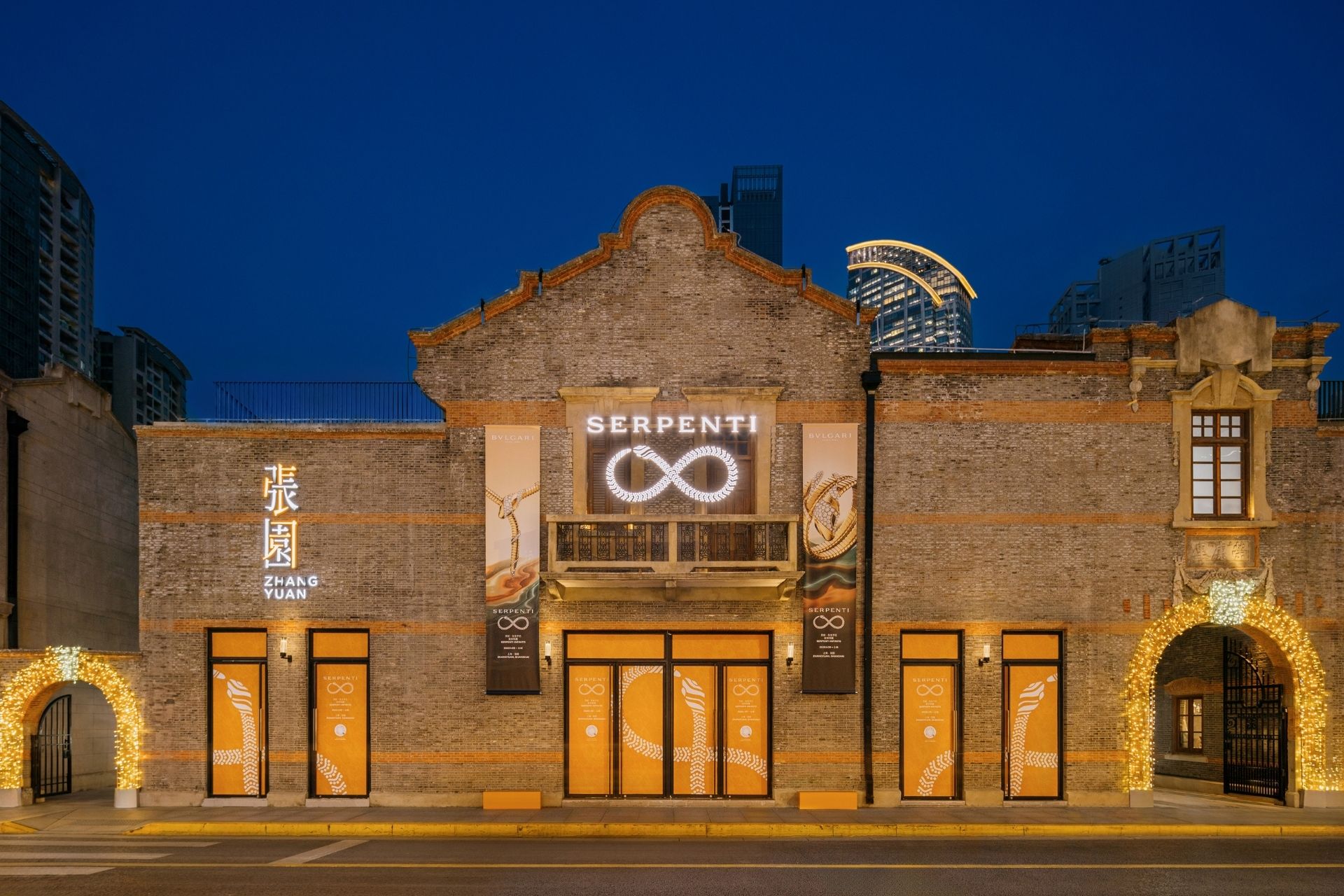In a world saturated by images, the attention paid to a live conversation is refreshing and exciting. So, how can fashion and luxury brands contribute to the evolution of Clubhouse and how can they leverage the app’s opportunities in an effective way?

In a world saturated by images, the attention paid to a live conversation is refreshing and exciting. So, how can fashion and luxury brands contribute to the evolution of Clubhouse and how can they leverage the app’s opportunities in an effective way?
A new social media trend is taking place, and it’s all about voice.
Clubhouse, a new social media network based on audio-chat, allows its users to listen into different conversations, interviews, and discussions between peers, offering an experience that is part podcast, part conference call and part social gathering in real time. Available only on Apple’s App store and only “by invitation”, users can follow their peers, create rooms (for discussion) and listen into conversations according to their preferences in terms of topics and people followed.
In a world saturated by images, this new liberating wave of interest around voice – helped in large part by the rise in popularity of voice assistants like Amazon’s Alexa, podcasts and audiobooks – has meant the opportunity to listen into “drop-in audio chat” has proved refreshing and exciting. Where once, there was only the power of the image, today the added depth of a voice-only app is increasingly appealing.
Clubhouse is not just disruptive in this sense, it also goes against the wave of inclusivity and democratisation having started as an Apple devices-only application and only by invitation, that doesn’t allow recording or saving conversations, offering an experience similar to that of a discussion around the table at a dinner party with friends.
Join Luxury Society to have more articles like this delivered directly to your inbox
Every clubber can create a room, set up a conversation, share a mindfulness event or just launch crazy ideas in a discussion. Celebrities like Elon Musk are religiously followed in the rooms they decide to enter and talks vary from being on Clubhouse, talking about it, fashion professional coffee lovers (there is a very vibrant group among Valentino professionals), sustainable fashion start-ups, fashion and luxury rooms where social listening experts talk with jewellery master directors and fashion innovation writers get to the chance to get to know jewellery artisans masters of the Italian savoir faire.
Entering a Clubhouse room means being part of the most innovative way to allow interaction, active listening and liberating conversations without the fuss relating to the traditional values of how a brand presents its look or even backdrop. There is no set to be created around a speaker, no visual product endorsements and no filters to be used for a perfect, flawless skin.
Founded by Paul Davidson and Rohan Seth in 2020, Clubhouse was valued $200 million following a round of investments of $12 million by the Andreessen Horowitz venture capital fund, before even having set up an official website. The app is still in beta test phase and manages to control the number of daily entries.
But what does this mean for fashion and luxury, who are notoriously cautious about embracing social media? And who rely heavily on spreading their message in a visual way?

For an industry like fashion and luxury, known to be obsessed by look and feel, outfits and accessories, and constantly in search of the picture-perfect pose and a vibrant visual feeling to radiate, Clubhouse could be the final disruption.
The app is the exact the opposite of what fashion influencers brands use to strategise, it refuses to be a display of products, a window of items and instead focuses on live audio content, thus changing the approach to what marketing content has been so far. The attention paid to alive conversation is refreshing and exciting. It feels good to be able to create, listen or participate to a talk while just concentrating on messages, content and the (real) tone of voice.
How fashion and luxury brands can contribute to the evolution of this new social media phenomenon and how can they leverage Clubhouse into never before seen opportunities in an effective way? Is the system ready to make a step further, leave the obsession for a flawless image behind and explore and experiment on a completely new level?
The storytelling in this case will have to be focused on words, not visuals and ideas, not pictures.
A Copernican revolution for the digital media, if it will last.
Josh Felser, co-founder of venture firm Freestyle in early 2020 said “it’s either dead by July or it’s something big”. We are in early 2021 and Clubhouse is becoming a global phenomenon, already banned in China and growing exponentially in the Western countries.
Fashion brands hopefully will jump in it with different dashboards compared to the ones they still use for Instagram or TikTok, with the desire to grow an audience of active listeners and co-creators and with the authentic spirit of allowing safe space for inspiring and uplifting, thought-provoking and exciting conversations where the depth of a narrative will be nurtured by well documented talks rich of knowledge and insights.
Clubhouse is a social experiment focusing and disrupting the rigid rules of this society, where the image decides the success of a person or a brand.
Fashion houses will have the chance to explore, experiment and turn things upside down coming back to the provocative spirit that made it successful as an industry. Without the prison of the image, brilliant minds will have the opportunity to create a new cultural approach and a fresh perspective.
The question is: will the brands, numbed by the obsession for the financials and the ROI at all costs, be able to disrupt and rethink themselves to create a whole new communication approach? Or will they resist as they did with internet refusing to think a different format for collection presentations and fashion shows until the 2020 pandemic exploded?
What brand will be like Helmut Lang, the first to show its collection online in 1998, and considered until a few years ago the rarest of birds?
And will super established and self-referred luxury brands capture the spirit of these times and develop new communication formulas that are engaging and innovative at the same time? Or will they try Clubhouse with a lazy effort just to drop it at the first occasion for a lack of understanding of its potential?
“The media is the message” as cleverly Marshall McLuhan said in 1964, well before the advent of the third and fourth industrial revolution. Are the fashion and luxury brands able to understand the co-creative customer-centric approach that is requested by this new, post-pandemic era?
Will they be able to accept the challenge of a new mindset and a new level of marketing and communication, that is wider than the simple image-driven one?
It’s time to get back and rediscover other senses than the sight. The hearing is the least exploited of all five ones.
Fashion and luxury capitalise on sight with their magnificent advertising campaigns, retail flagships, show-stopping windows full of eye-flattering products. It leverages on touch with the preciousness of materials and the texture of skincare, it focuses on the sense of smell with richly treated leathers and rare fragrances.
Now they also have the opportunity, thanks to a recent but successful app, to create contents for the mind, for intellectuals, for curious minds and they can go deeper in their offer of a lifestyle thanks to an app launched, once again in the Silicon Valley.
Is it a chance or a threat? Only the courage of the fashion and luxury brands will tell, and will pave the way towards a new chapter of branding.
As John Wayne, one of the bravest Americans once said, “Courage is being scared to death… and saddling up anyway.”








